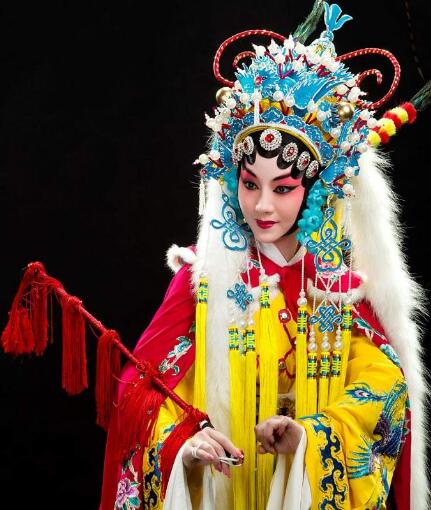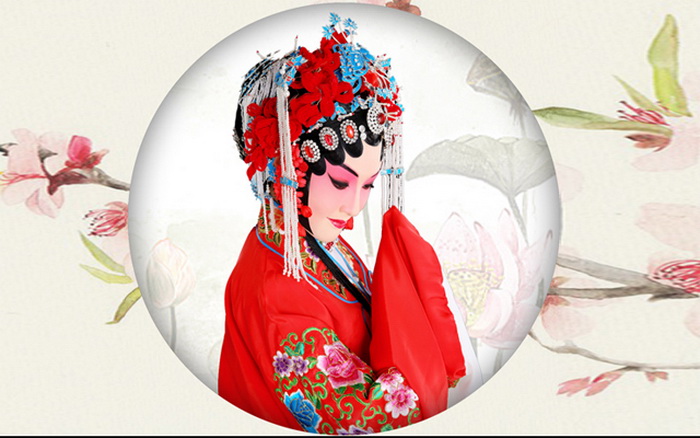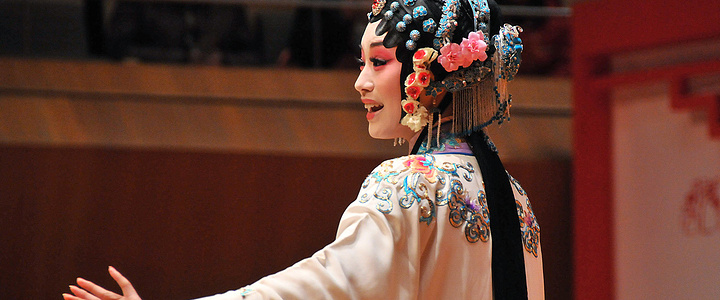What is the origin of Beijing Opera?
2 min readBeijing Opera commands the largest following in China and is also the best-known form of Chinese opera abroad.During the mid-Qing Dynasty in the 17th and 18th centuries,Kunqu Opera,characterized by soft singing and minimal orchestral accompaniment,such as the clapper or drum and a bamboo flute,rose to the status of national opera even in Beijing.In addition,Qinqiang Opera and Gaoqiang Melodic Form,a high-pitched singing style,were popular in Beijing.In 1779,on the occasion of Emperor Qianlong’s 70th birthday,throngs of artists arrived in Beijing to give performances,and among these people were four Huiban Opera Troupes from Anhui.After their performances at the Qing court,the troupes stayed in Beijing and continued to perform their plays.Some accomplished dramatists made innovations in the Huiban Opera there.

Their music was based on the erhuang melodic tradition of Anhui Opera and the xipi tradition of Hubei Opera. It also incorporated some of the repertoire,tunes and music accompaniment of Qinqiang Opera and folk music.These joint operatic forms developed during a twenty-year period to become a new form of opera with distinctive features,and it came to be called Beijing Opera during the reign of Emperor Xianfeng.

What is Kunqu?
Kunqu was originally called the Kunshan Tune. In the Qing Dynasty,it was renamed Kunqu,and at present it is known as Kunju Opera.
Kunqu is one of the oldest extant forms of Chinese opera.Due to its influence on other Chinese theatre forms,it is known as the“teacher”or“mother”of a hundred operas,including Beijing Opera and Sichuan Opera.On May 18,2001 it was listed as one of the Masterpieces of the Oral and Intangible Heritage of Humanity by UNESCO.
Kunqu was developed during the late Yuan Dynasty in Kunshan,east of Suzhou city.It was a dramatic form developed from Nanxi,the Southern Drama of the Yuan Dynasty,and its emergence ushered in the second Golden Era of Chinese drama.The famous romance-dramas included Peony Pavilion by Tang Xianzu from the Ming,and The Palace of Eternal Youth by Hong Sheng and The Peach Blossom Fan by Kong Shangren from the Qing.

Kunqu combines acting,singing,dancing,dialogue,and acrobatics.
Characteristically,it is noted for delicate tunes and elegant melodies.A bambooflute,suona trumpet,pipa instrument,and traditional percussion are the dominant melodic instrumen Some well-known plays written in the Ming and Qing dynasties are still performed on stage.In addition,many classical Chinese novels and stories,such as Romance ofthe Three Kingdoms,Outlaws of the Marsh and Journey to the West were adapted very early into dramatic pieces.








